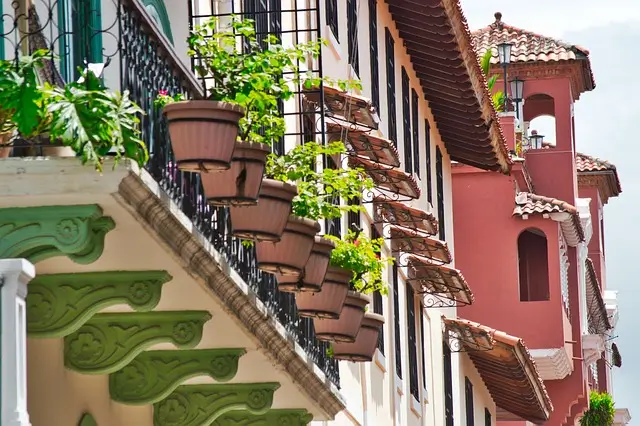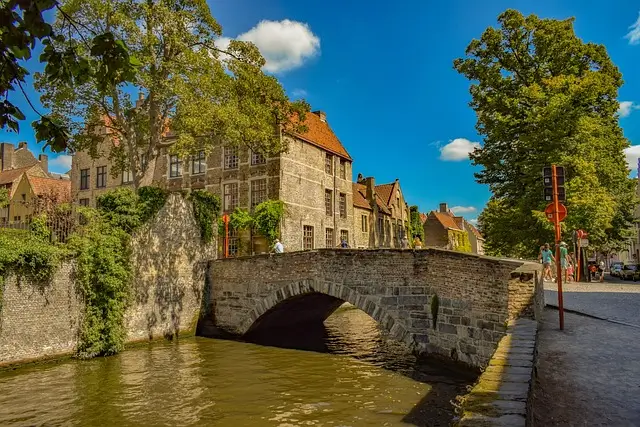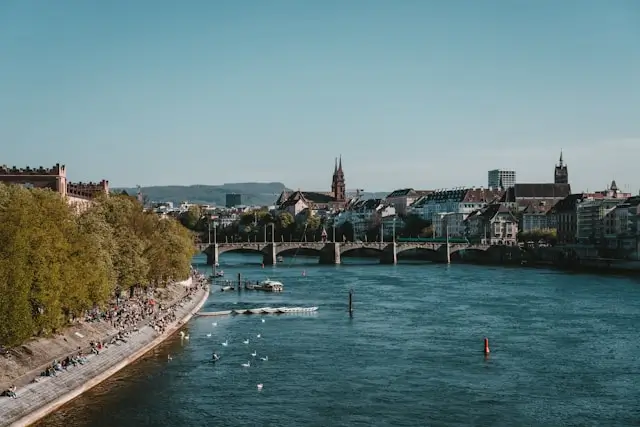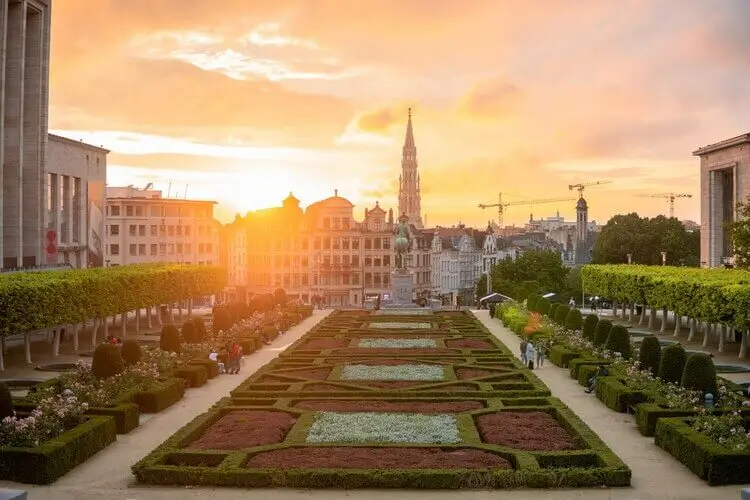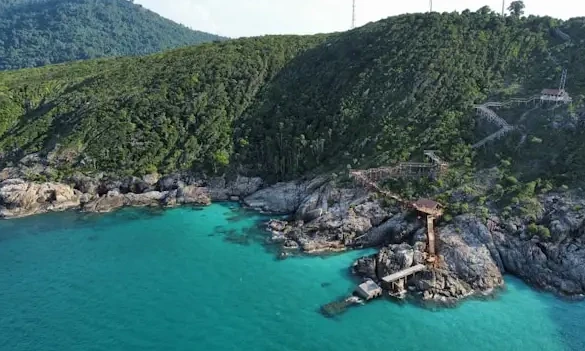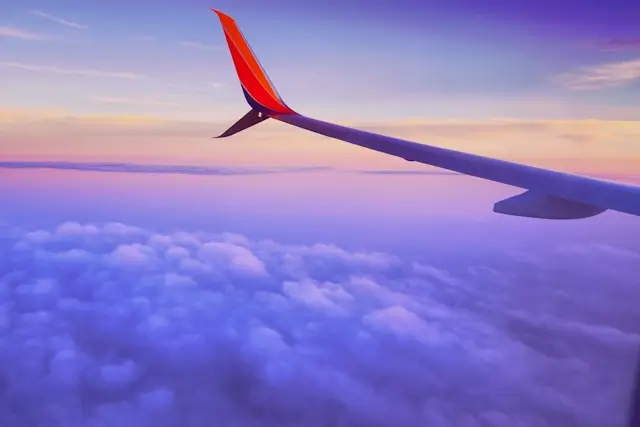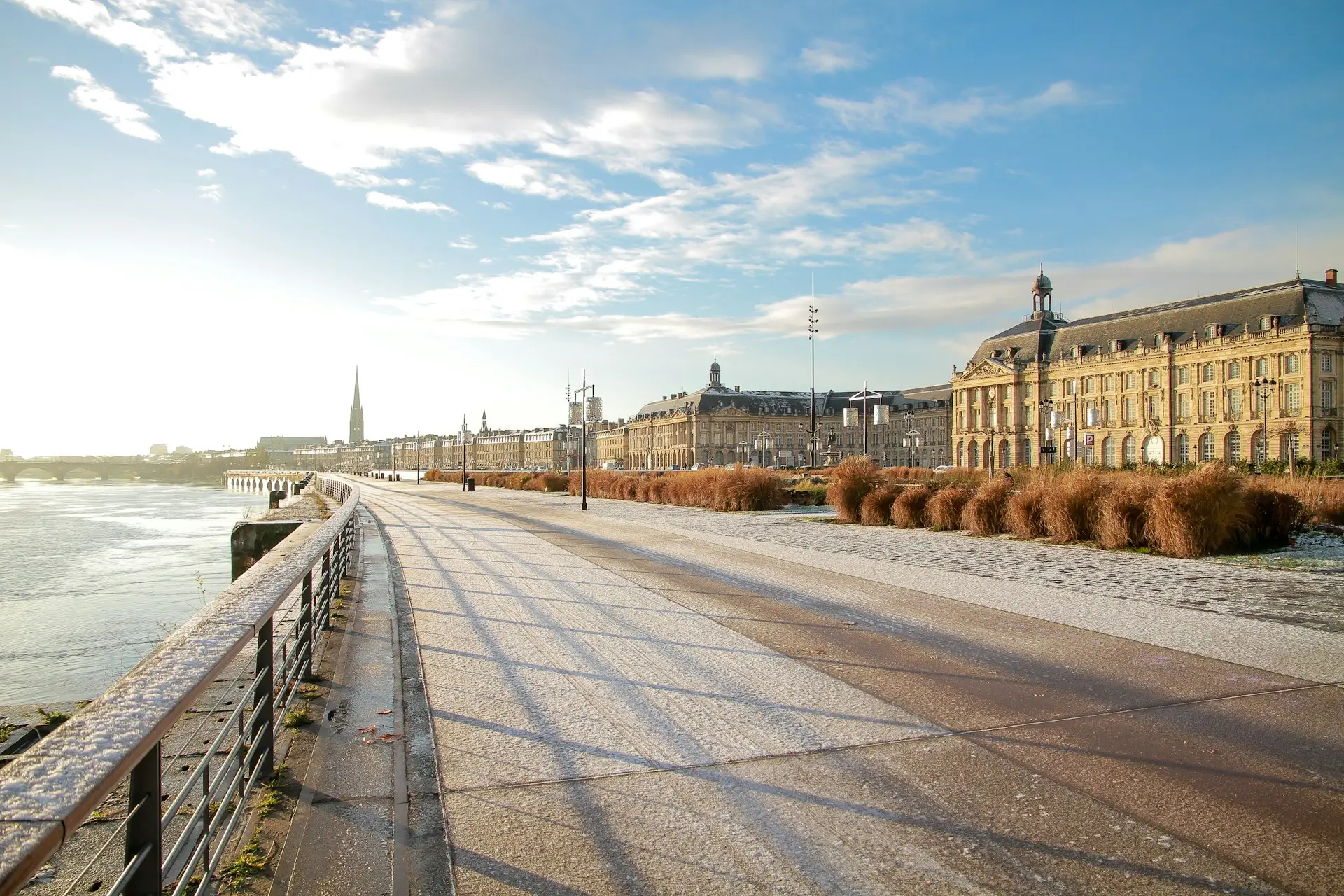Capital of Panama: Discover the Secrets of Panama City
Introduction
The capital of Panama is quite simply called Panama City. It must be said that the names of geographical locations in the state of Panama often follow a fairly clear logic. Think of the Gulf of Panama, the Panama Canal, the Province of Panama... A true economic and political engine of the country, it is located in the middle of the country, on the Pacific coast. It also occupies a strategic place in Central America due to its dynamism and, of course, also thanks to the famous canal of the same name, which is one of the nerve centers of global maritime transport.
Its history dates back to the 16th century when a conquistador named Pedro Arias Dávila decided to found the first European colony on the Pacific coast of the Americas. This outpost would serve for future expeditions further afield in South America. Traces of this colonial past can still be found today, particularly in the architecture of the city.
What struck me the most when I discovered this city for the first time is the contrast between ultramodern skyscrapers, like those found in the largest metropolises on the planet, and cobbled streets with historic buildings. Of course, I will talk to you about the Casco Viejo district, a UNESCO-listed area where time seems to have stood still, as well as the Panama Canal, a true engineering marvel. Not to mention the biodiversity that surrounds the city and its gastronomy that will delight even the most discerning food lovers.
If you are ready for a getaway in the heart of this gem of Central America, I invite you to embark on a journey through the well-kept secrets of Panama City. Its history, iconic monuments, and lush nature await you!
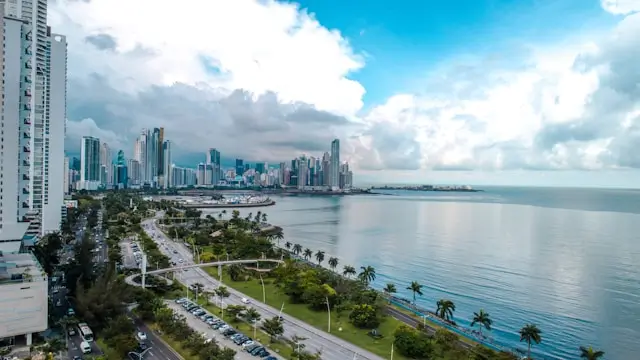 Capital of Panama
Capital of PanamaThe Fascinating History of Panama City
Urban Origins
As I have already mentioned, the history of this metropolis in Panama has its origins in the 16th century, specifically in 1519. It was founded by a conquistador from Spain named Pedro Arias Dávila. Since it already occupied the same geostrategic position it still holds today, it would become one of the keys to future Spanish expeditions, particularly those aimed at conquering Peru. It would be the first port established on the Pacific coast and would therefore play a crucial role in trade (as it does today).
Unfortunately, its destiny will be fraught with obstacles, with the greatest catastrophe being the fire caused by the pirate Henry Morgan in 1671 that devastated the city. Its reconstruction in Casco Viejo in 1674 will profoundly mark the architectural evolution of the region.
Casco Viejo, which we will discuss further below, is the historic heart of the city. With its cobbled streets and buildings with colorful facades, it still bears witness to its rich past today.
The colonial influence
You may suspect that, with a history like hers, the country is overall very marked by the influence of Spanish colonialism, and this influence naturally extends to its main agglomeration. One of the most telling examples I will mention here is the Metropolitan Cathedral located in the heart of Casco Viejo. Built between 1688 and 1796, it embodies the typical baroque style of religious buildings from that time. It features the general characteristics of this type of building: imposing towers and a richly decorated interior that testify to the importance that the Spanish placed on religion and cultural heritage.
Today, Panama City still serves as a crossroads where history and modernity coexist in almost total harmony. Every street corner reveals a new facet of the vibrant past of this dynamic metropolis.
Must-see attractions in the capital of Panama
Casco Viejo: a journey through time
For the continuation of this journey, I invite you to immerse yourself even more in history by visiting Casco Viejo. This iconic district, which is recognized and classified as a UNESCO World Heritage site, deserves all the accolades it receives. This emblematic area of the city is a true kaleidoscope of colonial and modern architectures that hold centuries of fascinating stories. If you have the chance to stroll through it, you will discover its buildings with colorful facades, adorned with typical wrought iron balconies, which harmoniously contrast with more contemporary structures. Among all the architectural treasures that the district possesses, there is of course the famous Metropolitan Cathedral that I have already mentioned. It offers you a glimpse of the Spanish heritage that has shaped it.
The Panama Canal: a technological feat
Just a few kilometres from the iconic heart of the city, the famous Panama Canal, which regularly makes headlines, attracts curious visitors from all over the world. This symbol of technological expertise was completed in 1914. A true technological feat, it also bears witness to human determination that drives us to accomplish ever more grandiose wonders. I recommend exploring this masterpiece; you will find many guided tours that will immerse you in its history and allow you to discover its functioning in more detail. While you're there, take the time to observe the impressive ballet of huge container ships, cruise ships, and other supertankers that pass through this strategic passage between the Atlantic Ocean and the Pacific Ocean.
Biomuseo: celebration of biodiversity
If, like me, you are a fan of cultural experiences while travelling, I invite you to visit the Biomuseo. This unique museum was designed by the renowned architect Frank Gehry (you may not be familiar with his name, but he is a well-known architect). As its name suggests, it highlights the exceptional biodiversity of the State of Panama through interactive and captivating exhibitions. It is located on the Amador Causeway and you can't miss it because the building is an architectural work of art in itself; with its bright colours and dynamic shapes, it will surely amaze you.
These tourist sites and must-see attractions are just a taste of the wonders that Panama City has to offer. By visiting these sites, you will not only discover its rich and varied history but also the unique place it occupies on the world stage.
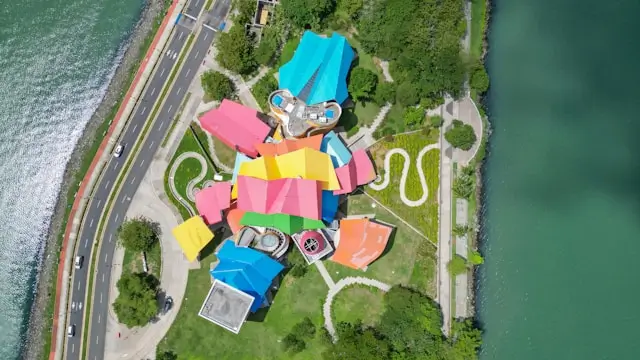 Aerial view of the Biomuseo
Aerial view of the BiomuseoThe Breathtaking Nature Around Panama City
Are you in the mood for a little escape? Panama is the perfect place for that. I will now take you to the Metropolitan Natural Park. It is a true green oasis nestled in the heart of the urban centre, a real natural lung that oxygenates the city. This "metropolitan natural park", if translated literally, covers more than 232 hectares. In addition to the numerous benefits it provides to residents and tourists, it also serves as a habitat for spectacular biodiversity. It is a unique window into the natural wealth that Panama possesses.
Whether you are a nature lover or a great sports enthusiast, you will find your happiness here. There are many hiking trails, ranging from the simplest to the most complicated. Among them are the "Sendero Los Caobos" and the "Sendero La Cienaguita", which offer walks through lush vegetation. Walking among these majestic trees that stand proudly above you offers a true moment of pleasure. And if, like me, you are rather lucky, you may spot endemic species such as the white-crested tamarin or the three-toed sloth, which blend perfectly into this peaceful setting.
And as if that weren't enough, in addition to housing an extraordinary local wildlife and being an ideal place to recharge away from the urban hustle and bustle, the park also offers exceptional views of the city and the canal. If, like me, you love places that offer you history, nature, and culture, you won't be disappointed.
 White-Crested Tamarin
White-Crested TamarinDive into Panamanian culture through its vibrant neighbourhoods and delicious cuisine
Panama City can be compared to a cultural crossroads where a fascinating mosaic of ethnic and linguistic communities thrives. Whether it is through the languages spoken there such as Spanish, English, Chinese, Arabic or French, or through the traditions and customs, I was impressed by the way diversity is freely expressed. It truly reflects in its lively streets.
While walking around the city, I was struck by the influence of the indigenous cultures of Panama, such as that of the Guna Yala. This more local and older heritage than the colonial one is found in local handicrafts, such as the famous molas. These are colorful fabrics with intricate patterns that tell ancestral stories. The city's artisan markets hold a collection of hidden treasures if you too are looking to discover this rich tradition.
But of course, this multicultural story is not only found in handicrafts. You will also find it in its flavours and gastronomy. By exploring the stalls and restaurants, you can appreciate this multitude of dishes that testify to this unique culinary blend. If you are a great foodie and wish to immerse yourself in this gastronomic palette, I recommend tasting fresh ceviche on the shores of the Pacific or enjoying spicy sancocho.
"Cuisine is the living reflection of a society; it speaks to us without words about the peoples who inhabit these lands."
On every street corner in the capital of Panama, you can perceive the city's invitation to explore its cultural mix.
Gentrification in Casco Viejo: a double-edged sword for heritage and the local community
Gentrification is a complex phenomenon with multiple facets. In the case of the Casco Viejo neighbourhood, it is the economic dynamics of the city that have led to an impressive architectural revitalisation in recent years. With its rich cultural and visual heritage, its cobbled streets lined with buildings in a thousand and one colours, the neighbourhood now attracts a cosmopolitan crowd of visitors. Investors have not missed out on this opportunity. The positive aspect of this injection of capital is that it has allowed for the renovation of structures worn by time, giving new life to this architectural gem of Panama.
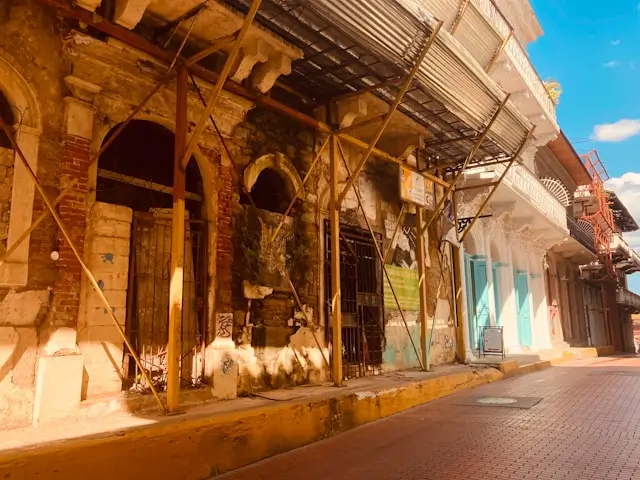 Iconic Casco Viejo neighbourhood
Iconic Casco Viejo neighbourhoodHowever, as is too often the case, this transformation has had consequences for the local residents.
- The cost of living has increased drastically without local wages following the same upward trend, making it difficult for traditional Panamanian families to maintain their residence in the neighbourhood.
- As in many places, small local businesses and shops are often supplanted by more lucrative businesses aimed at an international clientele.
- Currently, this social and economic change raises many questions, especially regarding the cultural identity of the neighbourhood and the well-being of its residents.
The challenge today for the authorities is to succeed in preserving the authenticity and unique character of Casco Viejo while not neglecting the new economic realities.
Practical tips to make the most of your stay in the capital of Panama!
Choosing the right neighbourhood to stay in:
- Casco Viejo: it is the historic district of the city and it is here that I decided to settle down. As I described to you, the district will immerse you in its cultural and nightlife vibrancy and its colonial architecture. It is very easy to find trendy cafes and restaurants there, but the downside is that it can sometimes be a noisy environment.
- Marbella: for those of you who are looking for a more modern (and I would also say more comfortable) experience, Marbella is ideal. It is a modern district in the heart of skyscrapers, close to shopping centers. The atmosphere there is calmer, but less authentic than what you will find in Casco Viejo.
A summary of the must-do activities in the capital of Panama:
- Cultural visits: Stroll through the streets of Casco Viejo to discover not only the cultural aspect of the neighbourhood itself but also its art galleries and museums. Above all, don't miss the Metropolitan Cathedral!
- Gastronomic experiences: Taste local delights such as ceviche or enjoy a refined meal in one of the many Michelin-starred restaurants in the city.
- Urban walks: Explore the Cinta Costera, a seaside promenade that will offer you panoramic views of the skyline of Panama City.
Getting around Panama
Getting around is quite easy. As is often the case in large urban areas, the city has a network of taxis and buses that are both frequent and affordable. If you are sporty or environmentally conscious, you can also rent a bike.
The varied neighbourhoods and diverse activities promise you a memorable stay, I guarantee it!
Conclusion: Dive into the unique essence of Panama City!
If you are looking for your next adventure, I think that visiting Panama City is just what you need. You will make discoveries at every corner and its blend of history and modernity offers a different perspective for all tastes. You will experience an unforgettable journey filled with historical remnants in the Casco Viejo district and contrasts with the sparkling silhouette of modern skyscrapers.
“Every visit to Panama City reveals a new facet, a hidden treasure, or an unexplored story.”
The majority of you will find wonder in the ecological richness that surrounds the city. The iconic buildings of the city will be appreciated, not only by architecture enthusiasts. Cultural diversity is reflected everywhere, whether in the lively streets, in the languages spoken, or in the flavors of its local cuisine.
Let yourself be seduced by the atmosphere that reigns in the capital of Panama and go discover its riches, whether cultural or natural. I invite you to fully experience everything it has to offer!
